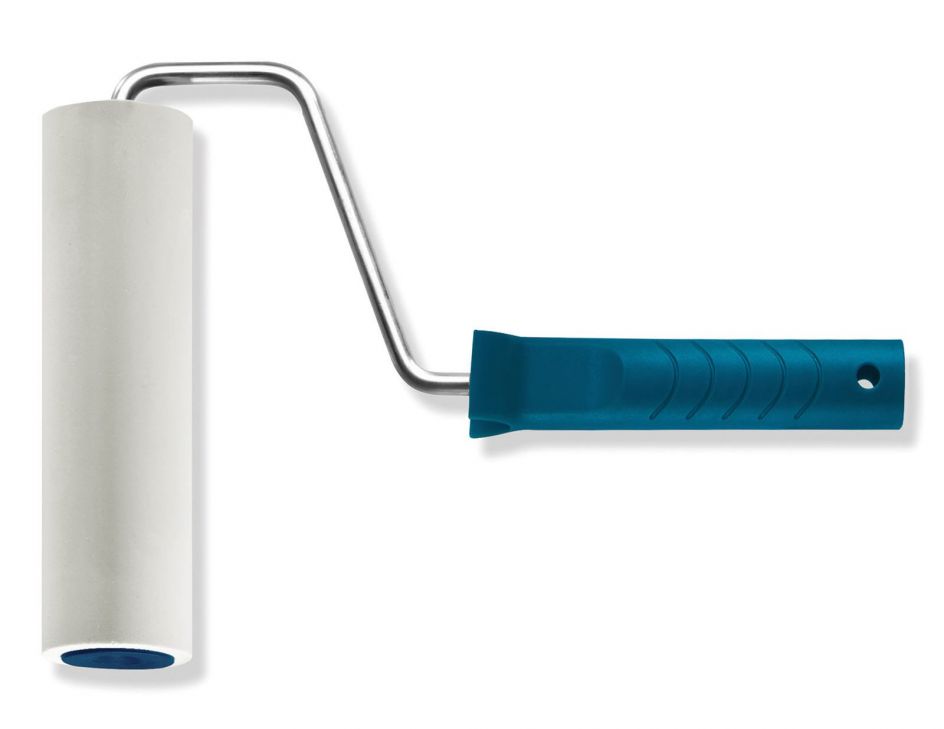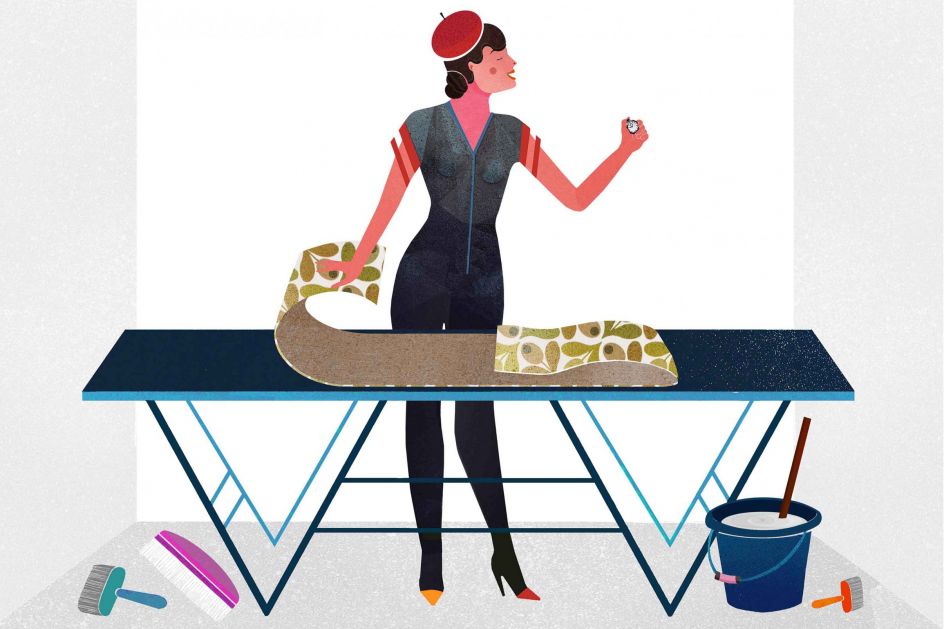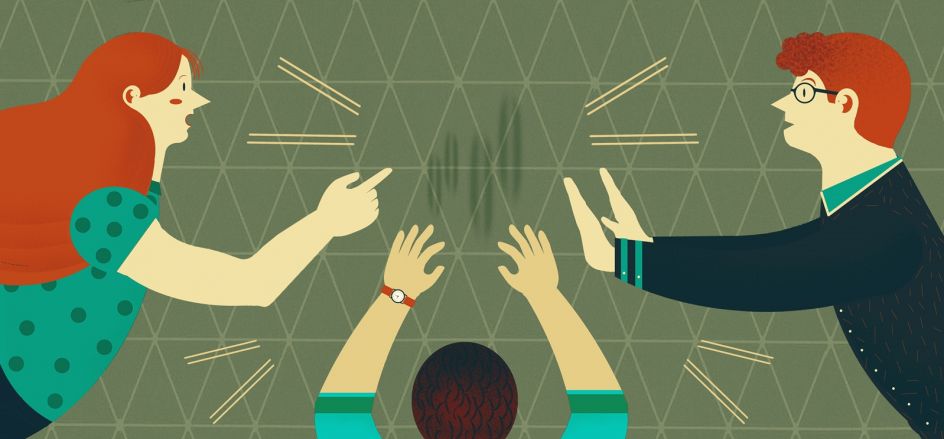When putting up new wallpaper, creases are as unsightly as blisters. The only difference is that creases cannot be removed once the wallpaper has dried. Therefore, quick action is called for.
There are two main reasons for wrinkles in wallpaper. The first one is that mistakes were made during the smoothing out process. In addition, for paper-based models, creases can form during drying if the necessary soaking time wasn't kept to. Unattractive creases can also appear when old wallpapers weren't removed, or the surface is uneven. Any DIY fans worth their salt will know how important it is to prepare the surface properly before hanging wallpaper.
Once dried, creases cannot be removed - which is why they have to be dealt with during the wallpapering process. This guide explains the reasons for creases, what needs to be done when they appear, and why "prevention is always better than cure".
Reasons for creases in wallpaper
Let's have a closer look at the reasons for creases:
A: Wrong approach/ Incorrect technique when pressing on and smoothing out wallpaper
Putting up wallpaper should always be done at a leisurely pace, and never under time pressure. The latter often causes issues which will have to be fixed later. Creases are often "rubbed in". This can happen when large areas of wallpaper are pressed onto the wall and the wallpapering paste dries too quickly. The rule of thumb here is: Only press on individual lengths of wallpaper in sections, and smooth out immediately. When smoothing out the wallpaper, the direction is also significant. Always work from top to bottom and right to left. Blind actionism is taboo!
Work slowly and use appropriate tools for the smoothing process. For soft, delicate or thin surfaces, a rubber roller is the best choice, whereas a smoother spatula can be used for robust wallpapers. Should a crease appear, the rectifying process depends on the exact position and size of the crease. For small creases, try using the wallpapering brush or rubber roll again. For larger folds, there is only one clean alternative: Carefully pull the strip of wallpaper off the wall, then press it on and smooth it out once more.

B: Insufficient soaking time for wallpapers with paper carrier
If the carrier material of your new wall décor is paper, each length needs a specific time for the paste to soak in before it can be put up on the wall. During this time, the wallpaper expands. This is completely normal. Details regarding the required soaking time can be found on the insert label that comes with the wallpaper. It is very important to adhere to the specified soaking time for each length of wallpaper, to ensure equal expansion. If this is not the case and/or the soaking time is not adhered to, the wallpaper will continue to expand once it is up on the wall. This might not be obvious at first, but once it has dried, it can lead to nasty surprises. As the wallpaper dries, it shrinks to its original size, which can create wrinkles. These creases are impossible to remove. The only remedy is to replace the entire length or strip of wallpaper - or to apply some creative camouflage solutions, e.g. hanging a picture over the area in question. In order to avoid creases, always stick to soaking times as stated on the insert.

C: Wallpapering over old wallpaper or an uneven surface
Sometimes the new wallpaper is put up over the old to save time and/or effort. If paper-based wallpaper is put up on top of it, the surface will potentially cause problems. The old wallpaper will become moist and begin to expand. This inevitably means that the new wallpaper cannot dry evenly and the result is that creases will be formed. Uneven surfaces are never a good foundation for crease-free wallpaper application. Smoothing out the wallpaper will be tricky as the uneven areas, e.g. elevations or dents, are a sure-fire guarantee

How to avoid creases in new wallpaper
Here is a recap of the most important aspects for crease-free wallpaper:
- The surface needs to be dry, clean, even, stable, and absorbent
- Whenever possible, remove old wallpaper first
- For each individual length of wallpaper, stick to the soaking time stated on the insert label
- Thoroughly and slowly press on and smooth out each length individually, from top to bottom and right to left

